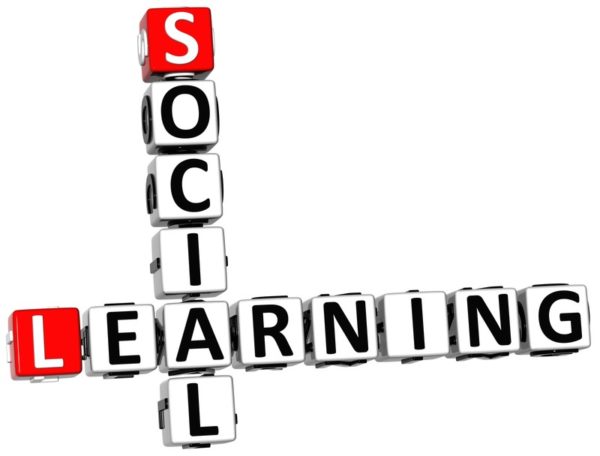
Learning is often framed as an individual pursuit, with students expected to demonstrate personal competence through grades, tests, and assignments. While individual assessments and achievements are undeniably important, focusing solely on solitary learning methods—such as worksheets, homework, online modules, or one-on-one tutoring—can overlook the fundamental truth about human nature: we are social beings. Learning thrives in social contexts, where interaction, collaboration, and shared experiences amplify understanding and retention.
The Social Nature of Learning
Albert Bandura’s Social Learning Theory emphasizes that individuals learn by observing, imitating, and interacting with others. This theory challenges the notion that learning is purely internal and individual. Instead, it highlights the importance of social dynamics in shaping knowledge and behavior. Humans are wired to learn through modeling others’ actions, sharing ideas, asking questions, and brainstorming solutions together.
In primary grades, social learning is often celebrated. Group activities, play-based learning, and peer collaboration dominate classrooms as children build foundational skills through interaction. However, as students progress into higher grades or adult training programs, the emphasis on social learning diminishes. Students are given packets to complete alone. Homework is done in solitude. Online modules are self-paced but often devoid of interaction. Even tutoring, while supportive, is often one-on-one and disconnected from collaborative thinking. There is a place for quiet reflection and personal mastery. But the overuse of isolated tasks neglects how we learn best: through interaction, exchange, and connection.
Middle schoolers need social learning just as much as kindergarteners. So do high schoolers. And adults in training programs. Whether in the trades, in tech, or in teacher preparation—people learn more deeply when they engage with others. Talking through a challenge helps clarify thinking. Watching how someone else solves a problem opens new pathways. Teaching a concept to a peer strengthens understanding more than reading it alone.
Social learning doesn’t mean sacrificing rigor. It means raising the bar by giving learners a chance to co-construct knowledge, to explain and justify their thinking, to listen and grow. It encourages students to ask for help without fear, to brainstorm together, to build not just academic skill—but confidence, empathy, and communication.
If we want learners who are ready for the real world, we must remember that the real world is not a silent room with a worksheet. It’s collaborative.
Cultivate Social Learning Opportunities
We need to consciously work on seeing learning socially throughout the entire learning journey, from kindergarten to continuing education. This means:
- Incorporating more group projects and collaborative assignments.
- Creating opportunities for peer teaching and mentorship.
- Fostering classroom discussions and debates.
- Using technology to connect learners and facilitate online collaboration.
- Encouraging a culture of asking questions and seeking help.
- Designing professional development programs that prioritize interaction and knowledge sharing.
- Design lessons integrating modeling behaviors, role-playing activities, and collaborative problem-solving exercises.
Conclusion
While individual competence remains a cornerstone of education systems, it should not come at the expense of social learning opportunities. Humans learn best when immersed in interactive environments that encourage collaboration and shared growth. We can create more engaging and effective learning experiences that align with our inherently social nature by reintegrating social learning practices into higher grades and adult education programs. After all, “all learning is social.”
